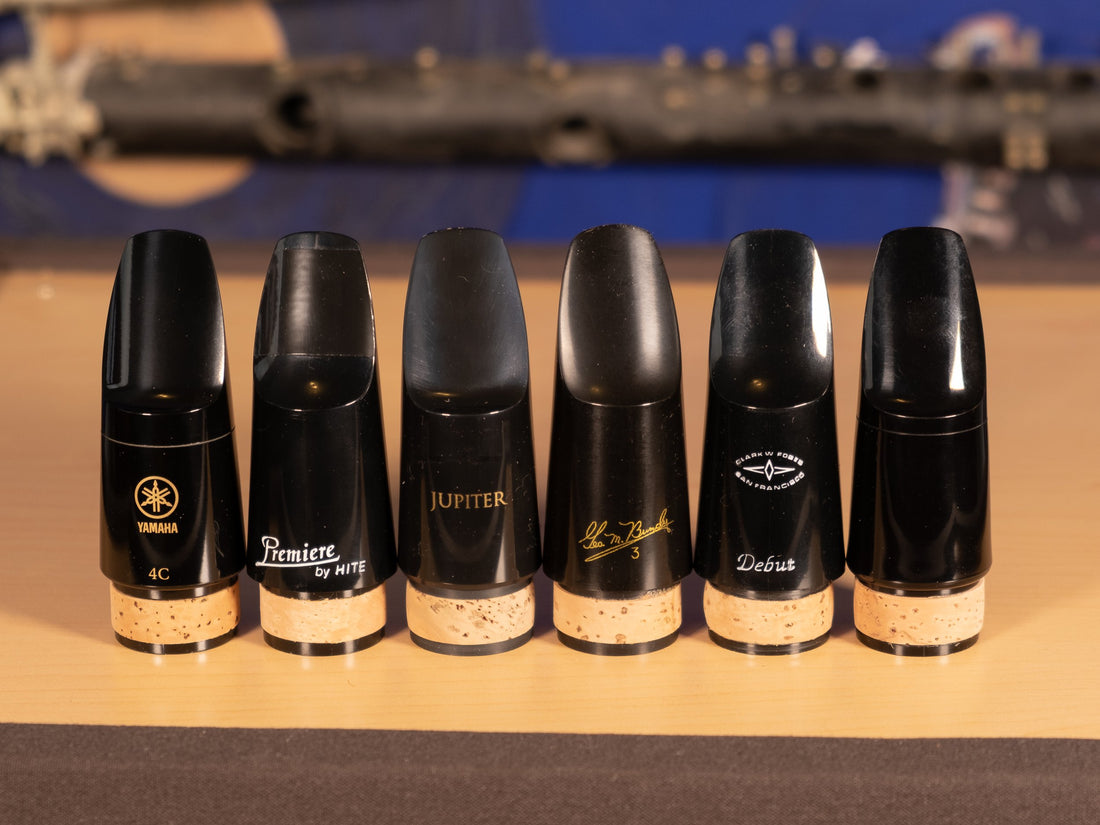
Student bass clarinet mouthpieces: an update.
Share
So, I recently posted a video here about student bass clarinet mouthpieces, and shortly thereafter I realized (thanks to a few fine folks who called me out on this) that I played these <$75 mouthpieces on my >$18,000 bass clarinet. Fair point.
So I talked to a good friend of mine who makes mouthpieces and asked if there was any validity to the idea that playing a student mouthpiece on a decidedly NOT student bass clarinet would affect my opinion.
In a word, he said, “Yes.”
Here’s what I learned, which might have changed my viewpoint(s), had I considered it when I made the video.
Low C bass clarinets are more resistant than low Eb bass clarinets. There are many reasons for this, but it’s a well known fact to any one who’s ever played them side-by-side. And, not surprisingly, low Eb horns are much more common in schools, where student bass clarinet mouthpieces are in use.
But, this low resistance that makes low Eb bass clarinets easier to blow into creates serious intonation issues across registers. The instruments become miserably out of tune. So, what many of these mouthpiece manufacturers have done—notably Backun and Hite—is add a little of that resistance back into the mouthpiece, so the instruments play more in tune. I never thought of this. So, the next logical step would be for me to 1) get a low Eb student bass clarinet like an old Vito or even a Yamaha, 2) find someone who’s never played the bass clarinet before, and 3) give them the mouthpieces to try and see how hard it is for them to make a sound. Now THAT would be a good test of a beginner mouthpiece…giving it to a beginner.
Anyway, I wanted to share that bit of nuance, so band directors have more to think about (yeah, I know, “Thanks, just what I need: more to think about.”)
Any thoughts you have about student mouthpiece/student bass clarinet pairings? Let us all know in the comments!
